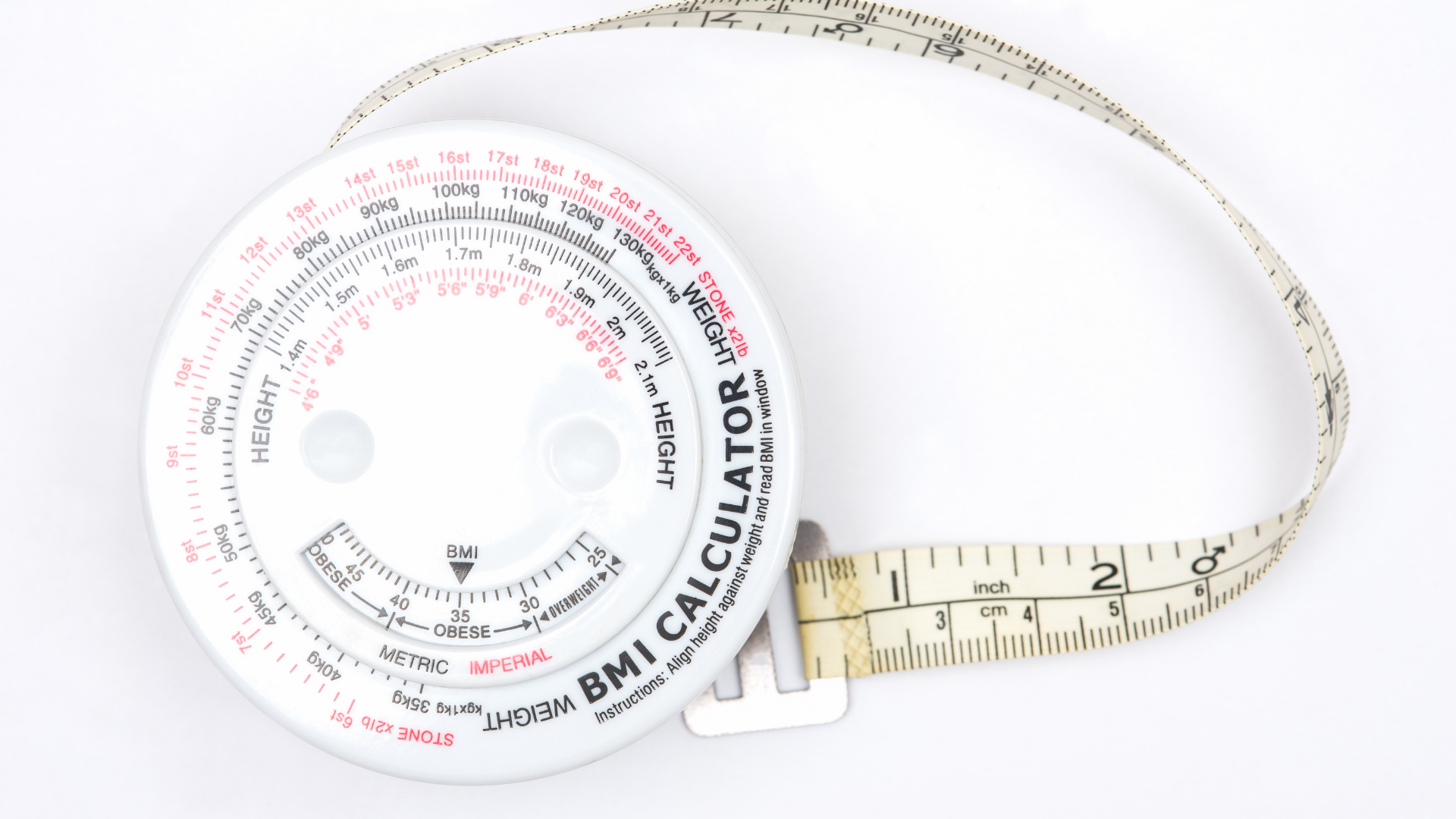[calc-appearance id=3]
Exercise Daily – Looking for a reliable Fat Free Mass Index (FFMI) calculator? If so, then you have come to the perfect place.
The Exercise Daily FFMI calculator is dedicated to determining your body’s Fat-Free Mass Index. The procedure is more accurate than the BMI and more suited to cope with persons who are in excellent physical condition, as well as professional athletes.
If you want to learn more about FFMI, see the article below for a definition of the term, a comparison between BMI and FFMI, and an explanation of the FFMI scale.
How to Use Exercise Daily Fat Free Mass Index (FFMI) Calculator?
If you don’t know how to use the FFMI calculator, then follow the instructions below:
- First, select the unit system, e.g, Metric or English
- Now, mention your current weight in the relevant field.
- Then, you have to mention your Body fat percentage*
- Now, mention your height in centimeters or feet, depend on the unit system you selected earlier.
- Lastly, hit the “Calculate” button to get your Fat Free Mass Index.
Fat Free Mass Index (FFMI)

Fat-Free Mass Index is a measure of the amount of muscle mass you have in relation to your height and weight. FFMI is a member of the family of body indexes, which also includes the well-known and closely related BMI.
Despite the fact that it is less commonly used, the FFMI is more accurate than the BMI and also offers information on someone’s condition and health.
BMI vs. FFMI: Which is Better?

A measure derived from your weight and height is known as your Body Mass Index (BMI). The findings are categorized according to the established standards, and you may determine if your weight is ideal, normal, overweight, or even obese as a consequence of this.
However, there are several drawbacks to this approach, the most notable of which is that it does not take into consideration the weight of your lean muscle mass or the amount of body fat you have.
Perhaps at first look, it does not appear to be a significant issue, but the opponents of BMI are not without reason.
For example, two persons of various heights and weights can have the same BMI despite the fact that they have varying amounts of fat and muscle in their respective bodies.
The presence of significant muscular mass might lead to a person being categorized adversely – as overweight or even obese.
Due to the fact that the BMI technique is based solely on weight, it does not take into consideration the differences in tissues or the different body types.
From a different perspective, an inactive person may have a very low BMI and nevertheless have a very excellent outcome.
What Makes the FFMI Preferable to the BMI?
When someone gains weight, and that weight gain is driven by an increase in fat tissue, it indicates that the individual has turned less healthy. It is beneficial for an athlete (or fitness enthusiast) to gain weight as a result of an increase in muscle mass.
From the perspective of BMI, all scenarios are equivalent: a rise in weight leads to an increase in BMI index. That is where the Fat-Free Mass Index (FFMI) comes in to provide an answer.
The FFMI is established in such a way that it enables the distinction between fat increase and muscle gain to be made. Increases in fat mass result in decreases in FFMI index, whereas increases in muscle mass result in increases in FFMI index.
It is because of this distinction that FFMI is able to accurately assess a person’s physical and health status. Alternatively, the Body Mass Index (BMI) is a broad measure of your health that is accurate for the majority of the population.
BMI is largely ineffective for people who engage in regular physical activity or who train professionally.
For that type of person, who has far greater muscle mass than the general population, the Fat-Free Mass Index is a significantly superior and more effective option.
Fat Free Mass Index – FAQs

What is a Good Fat Free Mass Index?
Within the normal BMI ranges, men’s FFMI levels vary from 16.7 to 19.8 kg/m(2) while women’s FFMI values range from 14.6 to 16.8 kg/m(2).
What is the Ideal Fat Free Body Weight?
For men, a healthy body fat percentage varies from 10 to 22 percent, while for women, it goes from 20 to 32 percent.
This indicates that a healthy proportion of lean mass for males is 78 to 90 percent, while a healthy percentage of lean mass for females is 68 to 80 percent.
What is FFM Weight Loss?
Fat-free mass is everything in the body that is not made up of fat, such as muscle, water, bone connective tissue, and so on.
It is critical to maintain or even increase healthy muscle mass when exercising or dieting since muscle serves as the body’s natural “fat-burning engine.”
